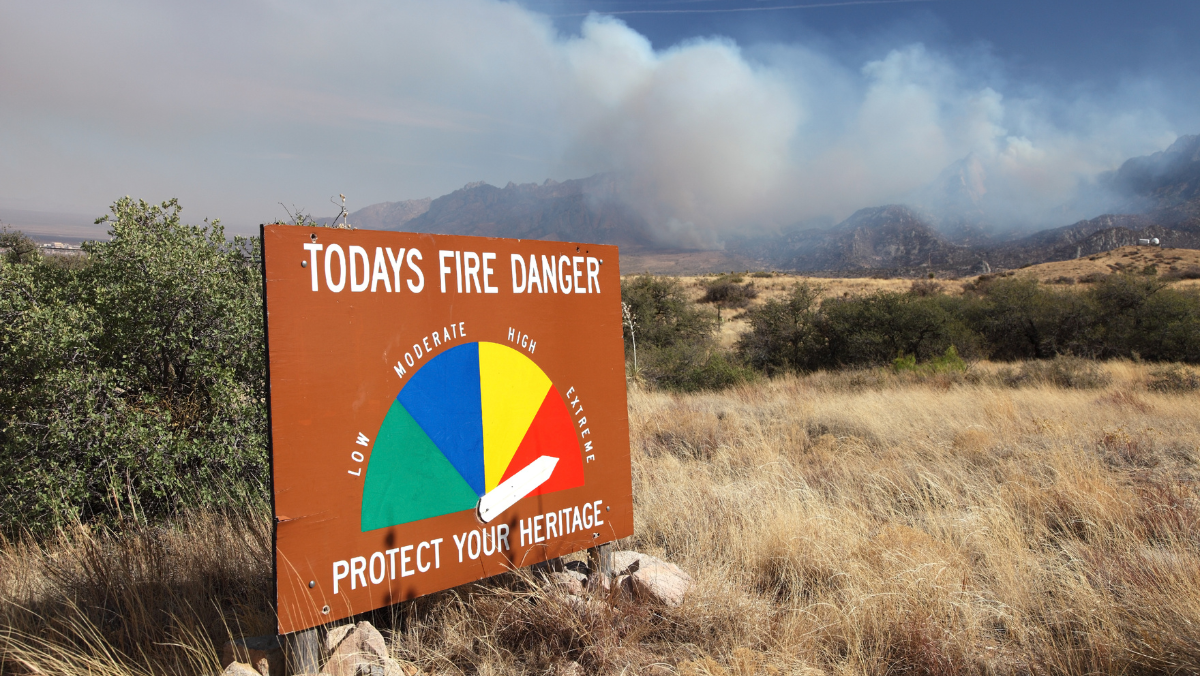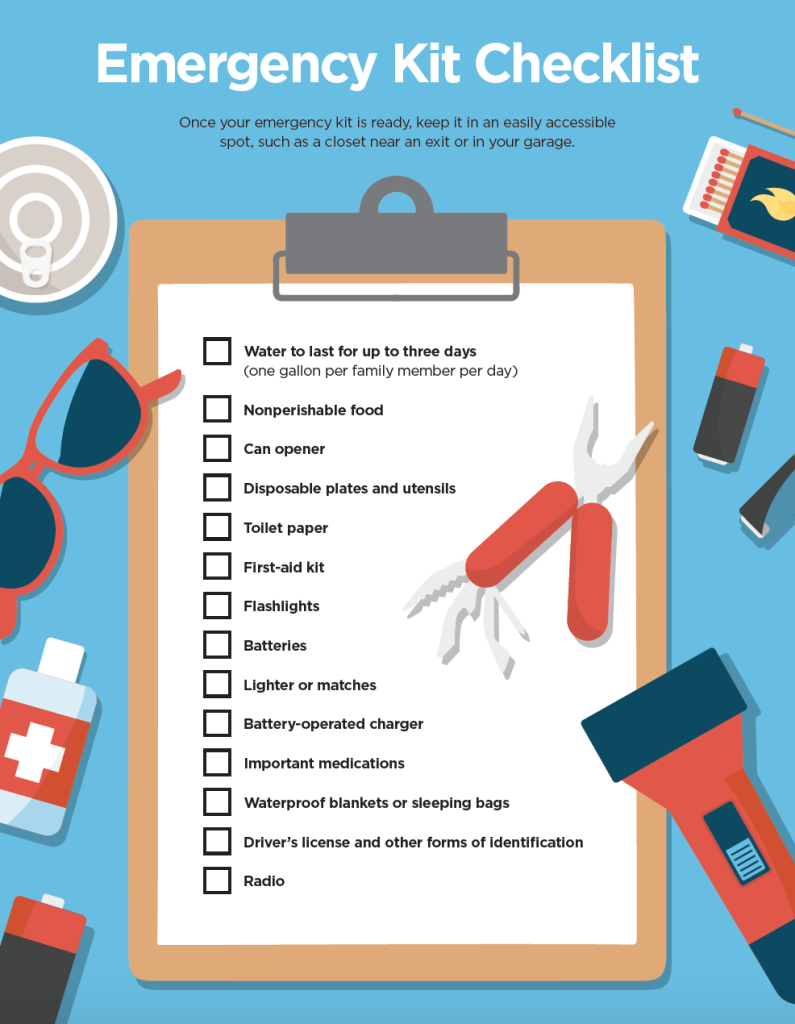The first step is to harden your home. This means giving careful consideration to the roof, vents, decks, windows and eaves. For specific actions you can take, check out the University of California Agriculture and natural Resources’ “Preparing Your Home” guide: bit.ly/3Brg4nM.
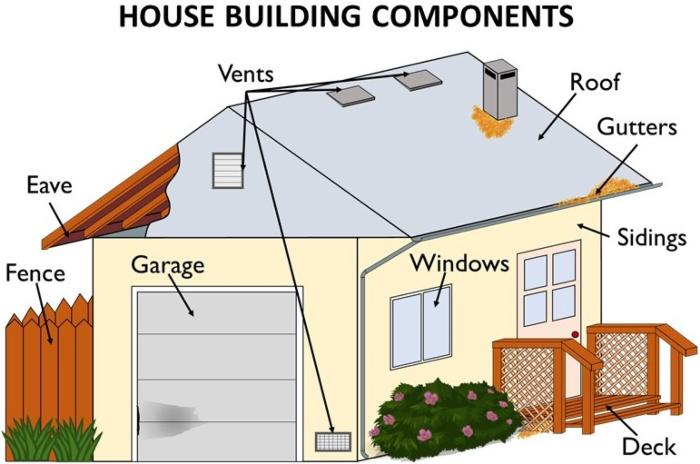
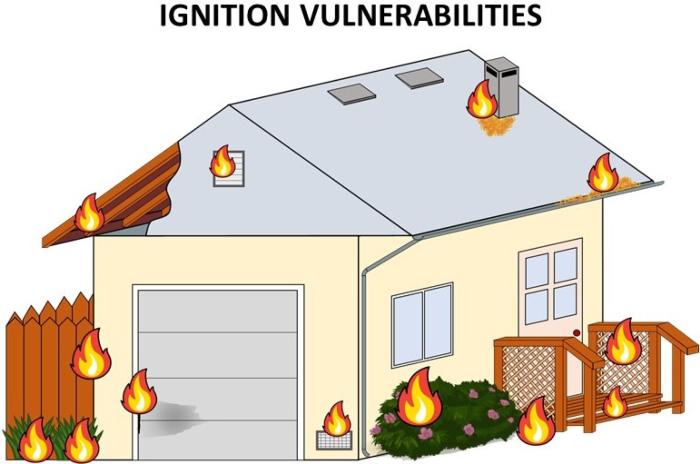
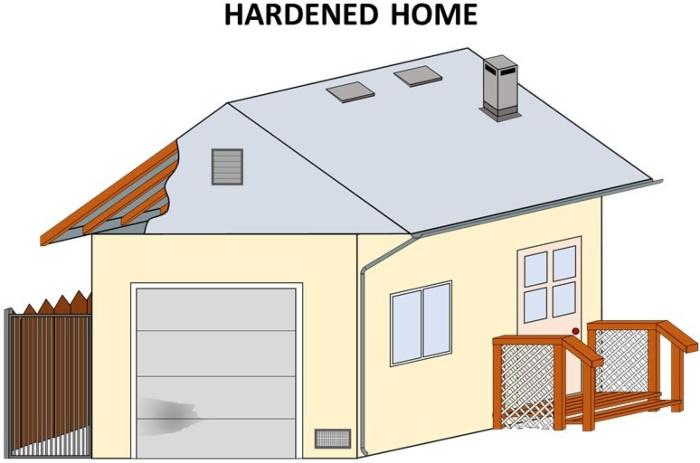
Next, create defensible spaces around your home. This doesn’t mean taking out all trees and plants and replacing them with rocks, leaving you with a moonscape. It means making thoughtful choices about what to keep next to your home and how to maintain your property.
Defensible space guidelines define three ignition zones within 100 feet of your home:
Zone 0: 5 feet around your home, decks and outbuildings, often called “the ember defense zone”
Zone 1: 5 – 30 feet around your home, or to the property line
Zone 2: 30 – 100 feet around your home, or to the property line
In Zone 0, the ember defense zone, here are some actions you can take to create defensible space:
- Minimize and remove plants, especially under vents and eaves, and in front of windows and sliding doors.
- If you live in a highly fire-prone area with greater risk, adjacent to a wildland-urban interface or on a slope, remove all organic materials from this zone.
- Keep the roof and rain gutters of your home or any outbuildings free of debris, such as leaves or needles.
- Remove combustible materials like mulches, and replace them with inorganic materials, like gravel or stepping stones.
In Zone 1:
- Create “islands” of plants with organic mulch that are separated by nonflammable materials, such as gravel, pavers or flagstone. Optimally, plant materials in this zone are 3 feet tall or less and primarily perennial, not woody. Using specimen (or individual) shrubs or trees is recommended.
- Prune all trees and shrubs to reduce combustible material and control their size and shape.
- Remove tree branches growing less than 6 feet above the ground to prevent fire from advancing into the tree canopy. County Code requires tree limbs be kept 10 feet away from chimneys or stovepipes.
- Inspect your plants for hidden debris. Prune any dead material on the interior of shrubs and perennials.
- Keep organic mulches, like wood chips and leaf litter, no more than 2 to 3 inches deep.
In Zone 2:
- Use the same recommendations as Zone 1, but here you can include groupings of shrubs and trees.
- Stay ahead of weeds and keep grasses mowed to 4 inches high. Don’t mow during especially hot and/or windy conditions.
And finally, the steps we already take to maintain our landscapes — pruning, mowing, mulching, irrigation and composting — can better protect our homes when we consider these options:
- Add compost to your landscape to provide nutrients to plants, keeping them healthy and free of disease or pests. Compost acts like a sponge, trapping water in the soil. In fact, just a 5% increase in organic material quadruples the soil’s water-holding capacity.
- Consider switching from gas to electric machinery to minimize fire risk.
- Incorporate native plants in your garden that use less water and support biodiversity.
Want to learn more? The Resilient Landscapes Coalition is a group of local nonprofits, including the Master Gardeners of Sonoma County, that provide free education on sustainable defensible space. For more information, visit sonomaresilientlandscapes.com. They have an upcoming free online workshop on maintenance practices in defensible spaces at 5:30-7p.m. on Aug. 16. Registration required.
Another worthwhile reference is the Master Gardeners’ guide to wildfire preparedness in the home landscape, at sonomamg.ucanr.edu/Firewise_Landscaping
